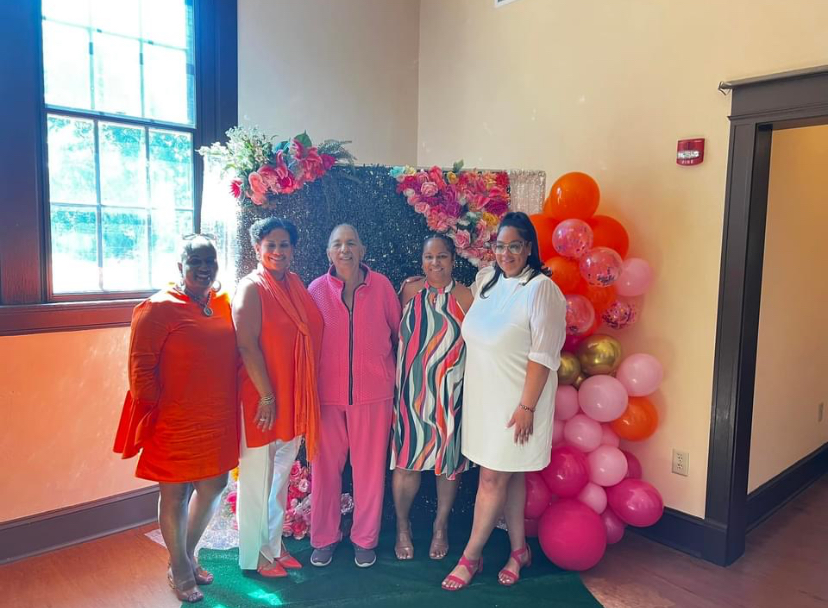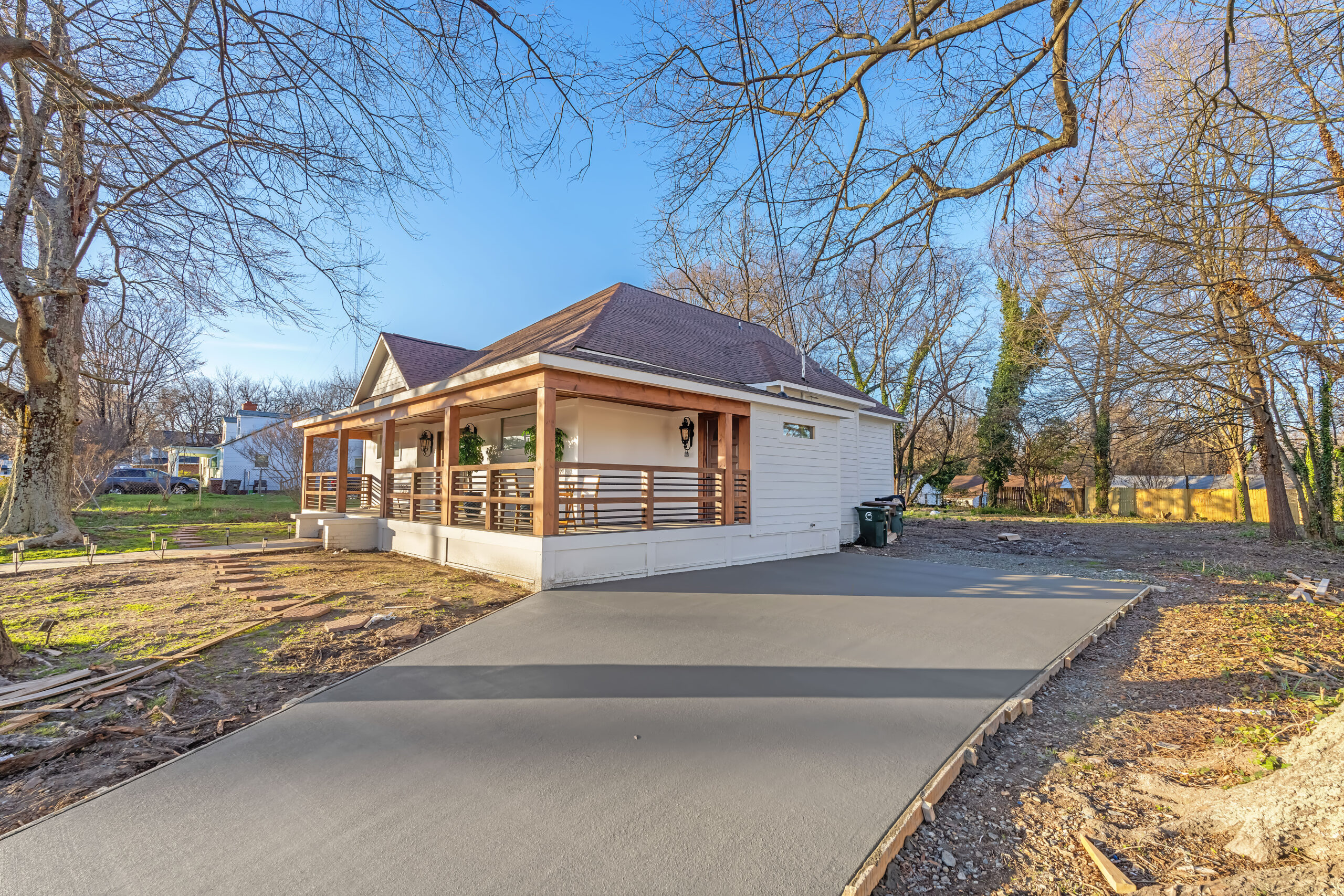Welcome to Gorrell Street
A few years ago, the Gorrell Street neighborhood faced a harsh reality, residents were fearful, and many homes stood in disrepair. Once a thriving area, Gorrell Street had fallen victim to neglect, with few resources available to help the community rise above its challenges. From illegal activities to deteriorating infrastructure, the neighborhood was struggling to reclaim its former sense of safety and unity.
Learn more about us at GorrellStreetNA.org

Our History
The Gorrell Street Neighborhood Association was officially restarted in 2019, with Monica Walker elected as its president after years of meeting alongside the Ole Asheboro Neighborhood Association due to a lack of leadership. This restart was crucial for addressing the unique needs of the Gorrell Street community, such as public safety, infrastructure improvements, and neighborhood beautification.
Read More
The history of Gorrell Street reflects a legacy of systemic racism and segregation. In the early 1900s, William Windsor, a black man, attempted to buy a house on Gorrell Street but faced severe resistance and hardship. His experience reflected the harsh realities of segregation, and in the end, he was run out of the home. Decades later, in a symbolic turn of events, Deena Hayes Greene became the first black woman to purchase this redlined property. Her purchase signified a major victory, breaking down barriers of discrimination that had previously kept African Americans from owning homes in certain areas of Greensboro.
Historically, Martin Street served as a physical and symbolic dividing line. Houses before Martin Street were for black residents, and homes after Martin Street were reserved for white residents. To this day, you can still see the architectural differences as you ride down Gorrell Street, which reflect the segregation and disparity between the two sides.
Monica Walker’s leadership extends far beyond Gorrell Street. She has a deep background in racial equity and is an influential figure within the Racial Equity Institute (REI), where she has worked on providing racial equity training to individuals, organizations, and communities. Her work with the Black Pearls Society has also focused on advancing leadership for black women and promoting economic empowerment within marginalized communities. Monica’s extensive experience in fighting systemic racism has shaped the mission and vision of Gorrell Street NA, making it not just a neighborhood association but a movement for equity and justice.
Monica’s leadership is grounded in her commitment to racial equity, and under her guidance, the Gorrell Street NA continues to fight for fair housing, infrastructure improvements, and community revitalization while addressing the long-standing issues of segregation that have plagued this historic neighborhood.
Gorrell st vs asphalt concrete
Impervious Concrete on the way!

The Gorrell Street Impervious Concrete Initiative is an important step toward sustainable infrastructure within the community. By replacing traditional concrete and asphalt with impervious concrete, this project aims to reduce runoff, minimize flooding, and prevent water pollution in the neighborhood. The new concrete will allow water to pass through the surface, naturally filtering into the ground, which not only benefits the local ecosystem but also reduces the burden on stormwater systems.
Funding & Support
The Gorrell Street Impervious Concrete Initiative, in partnership with the BWS Foundation, is on its way to receiving a $19 million grant to support this pro-green infrastructure project.
This funding will help finance the installation of impervious concrete, along with other eco-friendly improvements across the neighborhood. The BWS Foundation’s involvement has been instrumental in securing attention and backing from key stakeholders and environmental organizations. Once the funding is finalized, the initiative will not only benefit Gorrell Street but also provide a model for sustainable development that can be implemented across other areas.
Benefits of Impervious Concrete
The installation of impervious concrete brings a range of environmental and infrastructural benefits:
Reduces Flooding and Runoff: By allowing rainwater to filter through the surface, impervious concrete reduces the risk of flooding and eases the burden on local stormwater systems.
Improves Water Quality: It naturally filters rainwater, helping to remove pollutants before they enter nearby water bodies, which protects the local environment.
Durable and Low Maintenance: Impervious concrete is highly durable and requires less upkeep than traditional materials, ensuring that the streets and public spaces remain in good condition with minimal long-term costs.
Long-Lasting Community Impact
This initiative, led by the Gorrell Street Neighborhood Association and the BWS Foundation, will have a long-lasting impact on the community.
By introducing sustainable infrastructure, the project will prevent water damage, maintain cleaner streets, and contribute to a healthier local ecosystem. The collaboration between Gorrell Street and BWS Foundation demonstrates a shared commitment to improving the neighborhood for both current and future generations. These efforts are part of a larger goal to make Gorrell Street a model for green development.
Timeline & Next Steps
The Gorrell Street Impervious Concrete Initiative, in partnership with the BWS Foundation, is expected to receive news about grant acceptance in November 2024.
While the project team is optimistic, the actual work will begin the following year, in 2025. This is due to the need to coordinate with city officials for road closures and traffic management, as well as planning for the reconstruction of certain streets. The initial phases will focus on areas that are most vulnerable to flooding and runoff, ensuring that Gorrell Street is transformed into a model of sustainable infrastructure over time.
